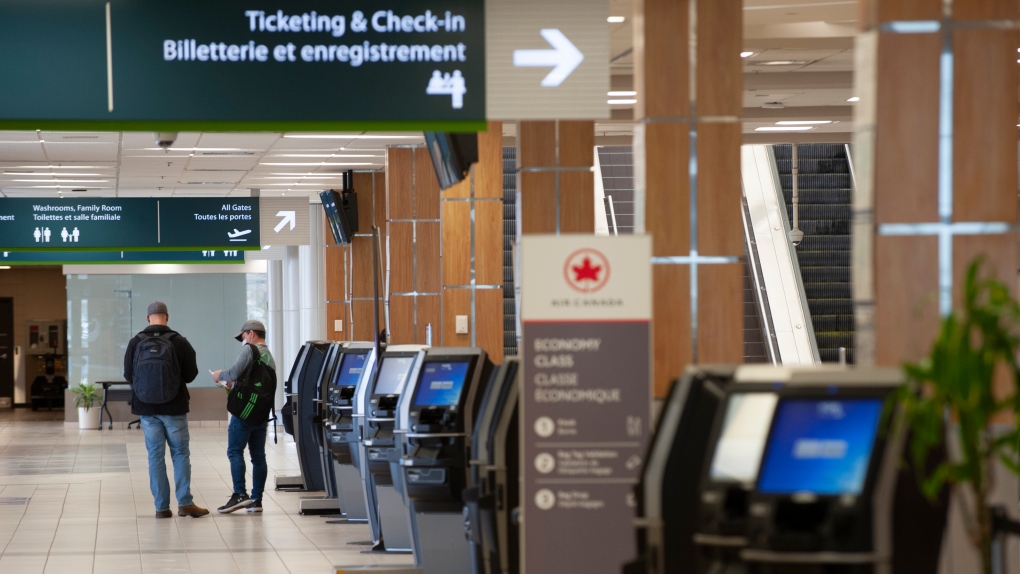
Airports that lost millions of dollars during the pandemic are now trying to recoup some of the losses as travel picks up again.
To do this, many are increasing the «user-pay» system that generates revenue from passengers, fuel and aircraft fees.
After the decline in traffic during the pandemic, some airports are now increasing fees they charge passengers.
«They have to get it from somewhere,» Barry Prentice, professor of supply chain management at the University of Manitoba, told CTV’s Your Morning on Friday. «So certainly, the only place they can get it from is passengers. They can obviously charge the airlines too, but that’ll just work its way into airfare. So one way or another, we’re going to pay more.»
Fees for «airport improvements» and «passenger facility fees» are ways airports can fund upgrades, maintenance and employee salaries.
«Some of these fees are actually going to pay debt, but they’re also there to pay for airport rent because the airports actually have to pay a fair amount of rent to the federal government every year,» Prentice said.
Canada’s largest airport, Toronto Pearson International Airport, increased improvement fees charged to departing passengers on Jan. 1, from $30 to $35.
Travellers connecting through Pearson saw an increase from $6 to $7. The airport also increased aeronautical fees, which cover de-icing, by 4 per cent.
Regina International Airport is increasing its fees on April 1, when anyone flying out of the airport can expect a passenger facility fee of $30, up from $20.
Fort McMurray International Airport, in Alberta, is reviewing its airport improvement fee, which is one of the highest in the country at $40, according to an analysis by WestJet.
«There’s no other way for the airport to get money,» Prentice said. «So they have to do that if they’re going to continue to function. Obviously, it’s because of this unusual circumstance of a pandemic.»
Pearson is managed by the Greater Toronto Airport Authority which reported a $734 million loss in 2020 and 2021. Its debt rose $800 million to $7.2 billion.
The Vancouver Airport Authority, which lost $576 million, raised its debt by more than $500 million to $1.8 billion.
Montreal Airport Authority’s debt rose by $800 million to $3 billion.
«We’ve got no other choice, either you’re going to fly out to your local airport, or you’re going to drive a long way to get to the next one,» Prentice said. «They are the same fees, so there’s not much Canadians can do, but just pay it out.»